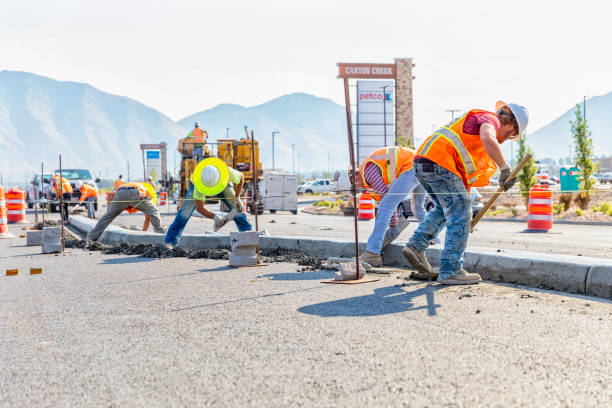Introduction
In a fast-evolving digital economy, the industrial real estate sector is experiencing a transformational boom. From warehouses and logistics hubs to tech-driven distribution centers, demand is soaring. The spotlight has never been brighter on industrial properties for sale, as businesses search for operational efficiency, automation integration, and location advantages. This shift has forced a new wave of smart property management strategies that align with industry 4.0 standards.
The New Face of Industrial Real Estate
Technology as the Cornerstone
Smart property management today is driven by advanced technologies such as IoT (Internet of Things), AI-powered predictive maintenance, and centralized data dashboards. These innovations help streamline facility operations, reduce energy waste, and enhance security.
According to Deloitte’s 2024 Commercial Real Estate Outlook, over 61% of industrial property managers have adopted at least one form of smart technology to improve operational workflows and tenant satisfaction. This percentage is expected to exceed 80% by 2026.
Strategic Design and Sustainability
Another key evolution in industrial property management is the emphasis on green architecture and adaptive reuse. Facilities are being designed to be modular, energy-efficient, and scalable. According to the U.S. Green Building Council, buildings with sustainable design save up to 25% in energy costs annually.
Smart strategies now include using solar power, rainwater harvesting, and motion-sensitive lighting. These not only reduce environmental impact but also boost long-term ROI, making industrial properties for sale more attractive to eco-conscious investors.
Location Intelligence: A Game-Changer
Proximity to Urban Centers and Supply Chains
Location is still king but with a twist. Using Geographic Information Systems (GIS), property managers can now evaluate industrial spaces not just by geography but by data-rich factors like labor availability, proximity to suppliers, and environmental risks.
A report by CBRE reveals that last-mile delivery facilities within 20 miles of city centers now command a 30% premium over suburban industrial spaces. This data-centric approach fuels smarter acquisition and development decisions, making location intelligence essential to modern property strategies.
The Investment Angle: Opportunities on the Rise
For investors, the future of industrial real estate looks bright. With e-commerce, third-party logistics, and cloud manufacturing sectors growing, the demand for industrial properties for sale continues to outpace supply.
JLL’s Q1 2025 report notes that industrial real estate vacancy rates have dropped to a record-low 3.9% in high-demand metros, pushing up rental yields and sale values. This scarcity combined with smart management practices means higher returns and reduced operational risks for property owners.
Conclusion
The fusion of technology, sustainability, and data-driven decision-making is redefining how we view and manage industrial spaces. As industrial properties for sale continue to draw investor attention, it’s clear that the future belongs to those who pair physical infrastructure with strategic intelligence. Smart property management isn’t just a trend it’s the new industry benchmark.


